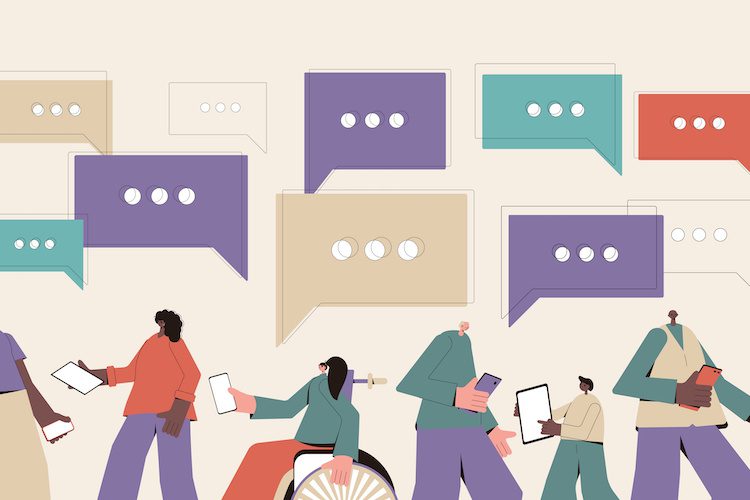
People with disabilities are some of the most underrepresented individuals in the workplace. In the U.S. alone, more than a quarter (26 percent) of the population has some kind of disability — yet only 19 percent of people with disabilities are employed. So, it’s vital that we embed inclusion and accessibility in our organizations and in our learning processes, practices and content.
Even when organizations do seek to include people who are differently abled, they often start with an occupational health assessment — telling people what they already know about themselves at a cost to the business. Here are five practical facts learning leaders should know to progress toward true inclusion for people with disabilities.
1. It’s the environment that disables a person — not their impairment.
The way that societies and environments have been built has created barriers for people with different abilities in our society and our organizations. For example, if you have ADHD, it’s not your impairment that disables you, but the way that our learning is structured. Or if you have a visual impairment, it’s the fact that much of our interaction and learning in the workplace is based on visual tools. If we can ensure our organizations remove these barriers, we can create an accessible, inclusive environment where people with disabilities have independence, choice and the ability to fully participate.
2. People know their abilities and impairments best — but you need to ask them.
Many companies make assumptions about people’s accessibility needs or even enact occupational health assessments or the equivalent when asked for a reasonable adjustment by an employee. This can be helpful if someone has a new disability and is getting to know their own needs at work, but most of the time it wastes time, money and trust.
Most people will know the adaptions they require, so the best option is to ask what they need. But you do actually have to ask. Only by asking the question can you show that you care about an individual’s accessibility needs and be able to implement them. That means ensuring that accessibility questions are embedded into all your learning processes and evaluations. And it means listening to the answers.
3. Be aware that not everyone identifies with the term “disability.”
Many companies struggle to collect data on the number of people in their organization who have disabilities. In order to gather meaningful data to genuinely help you make your learning more accessible and inclusive for people with disabilities, it can be more helpful to ask people about their adjustment or accessibility needs. That way, not only can you understand individual accessibility needs, but you can also assess the wider accessibility needs of your organization and ensure they’re taken into account across your learning processes.
4. Managers need to know about accessibility but don’t need to be disability experts.
It’s important that managers understand how to create an accessible and inclusive environment for their teams. However, pressure on them to be aware of the needs of different disabilities can lead to some managers feeling overwhelmed and avoiding hiring people with disabilities — or telling people that they understand their disabilities better than they do.
It’s better for both the manager and the employee if managers understand their responsibilities to create an accessible environment and how best to talk about accessibility and disability with their team. Then, when they do need to know how to support someone with a specific disability or access need, they will know where to go to find information and support.
5. Your people can help make your learning more accessible.
It’s likely that you already have experience and knowledge inside your organization that can help you make your learning more accessible. First, when creating new learning processes, programs and practices, ask for input from people with different accessibility needs — this will allow you to obtain practical feedback up front rather than retrospectively.
Second, we all need to be able to relate to our learning experiences, and part of that is having role models, case studies and examples that we can look toward. However, people with disabilities are frequently overlooked — often due to a desire to look after and protect them. For example, they might not be given the opportunity to present at a conference because their manager thinks it will be too much pressure on their mental health or that their disability will make it difficult for them to travel. Not only does this take away a development opportunity for the individual, it also deprives the rest of the organization of a role model.
The key to each of these actions is to remember that we are all individuals, we all experience our abilities and impairments differently, and we all have unique learning needs. Only by asking about these unique needs — rather than making assumptions — and listening to the answer, can we truly create more accessible and inclusive learning environments.











